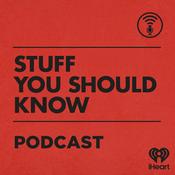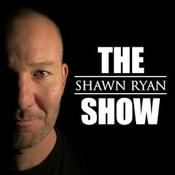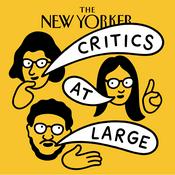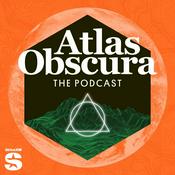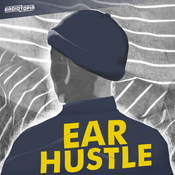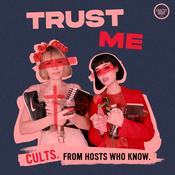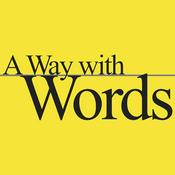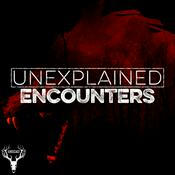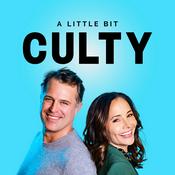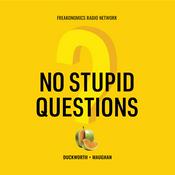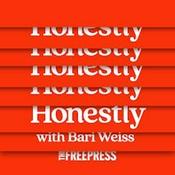236 episodes

A Very Cold Case
12/24/2025 | 32 mins.
American newspaper publisher and all-around eccentric, Charles Francis Hall, was an unlikely candidate to become an Arctic explorer. Nevertheless, he made three trips to the frozen north, until he died there under suspicious circumstances. Sharpen your powers of deduction and join us on Sidedoor for an epic frozen whodunit, featuring shipwreck, romance, and a social media darling with a dark secret. We’re resharing this longtime favorite from 2021 to bring you some wintry vibes. Guests:Stephen Loring, anthropologist and archeologist at the Arctic Studies Center of the Smithsonian’s National Museum of Natural History Heidi Moses, volunteer with the Smithsonian Transcription CenterEmily Niekrasz, social media manager, Smithsonian Institution

A Mold with a Grudge
12/10/2025 | 39 mins.
It started with a messy lab and a mysterious mold. But turning “mold juice” into the world’s first antibiotic would take a sick policeman, a market cantaloupe, and an extraordinary wartime collaboration between scientists, governments, and industry. This is the story of how penicillin changed the world.Guests:Kevin Brown, Trust Archivist to Imperial College Healthcare NHS Trust and curator of the Alexander Fleming Laboratory Museum at St. Mary’s Hospital; author of Penicillin Man: Alexander Fleming and the Antibiotic RevolutionDiane Wendt, curator in the Division of Medicine and Science at the Smithsonian's National Museum of American History

The Secret of Lincoln's Watch
11/26/2025 | 30 mins.
A mystery hidden in time. Wrapped in gold. Stowed secretly in Lincoln's pocket. We dig into the family story of a secret message etched inside Abraham Lincoln's pocket watch. Is this a tall tale or a hidden piece of history waiting to be discovered? Join us as we dive into this incredible tale of family lore, historical detective work, and the Smithsonian's decision to open a priceless artifact. Guests: Lisa Kathleen Graddy, curator of American political history at the Smithsonian's National Museum of American HistoryHarry Rubenstein, curator emeritus in the Division of Political History at the Smithsonian's National Museum of American HistoryDoug Stiles, great-great-grandson of watchmaker Jonathan Dillon

It's Season 12!
11/19/2025 | 1 mins.
Sidedoor returns for its twelfth season on Wednesday, November 26th!

A Message Regarding the Shutdown
10/10/2025 | 0 mins.
Please be advised that new episodes will not be released during the government shutdown. For up-to-date information on the status of the Smithsonian, please visit our website at si.edu.
More Society & Culture podcasts
Trending Society & Culture podcasts
About Sidedoor
Listen to Sidedoor, Heavyweight and many other podcasts from around the world with the radio.net app

Get the free radio.net app
- Stations and podcasts to bookmark
- Stream via Wi-Fi or Bluetooth
- Supports Carplay & Android Auto
- Many other app features
Get the free radio.net app
- Stations and podcasts to bookmark
- Stream via Wi-Fi or Bluetooth
- Supports Carplay & Android Auto
- Many other app features


Sidedoor
download the app,
start listening.

